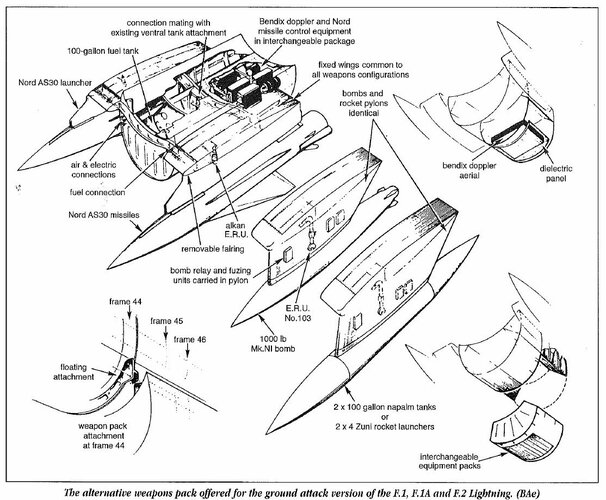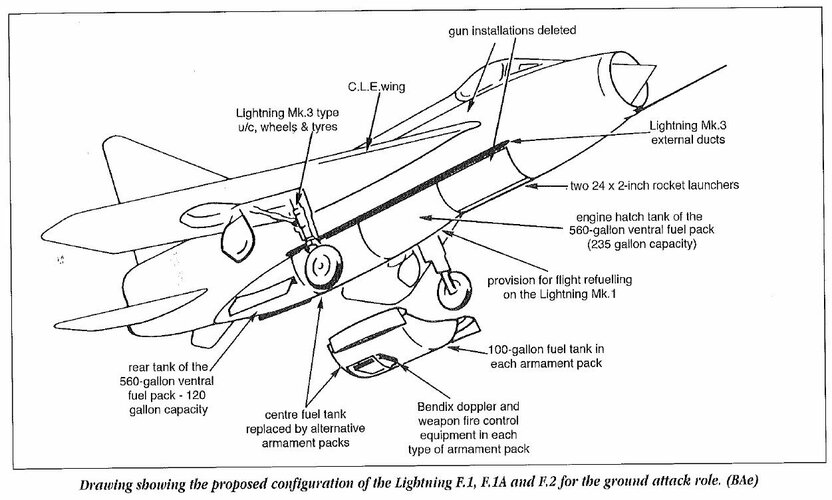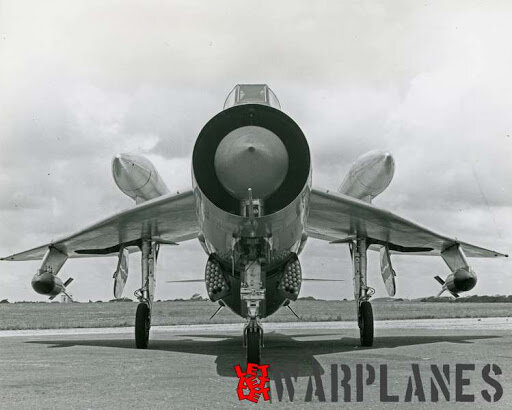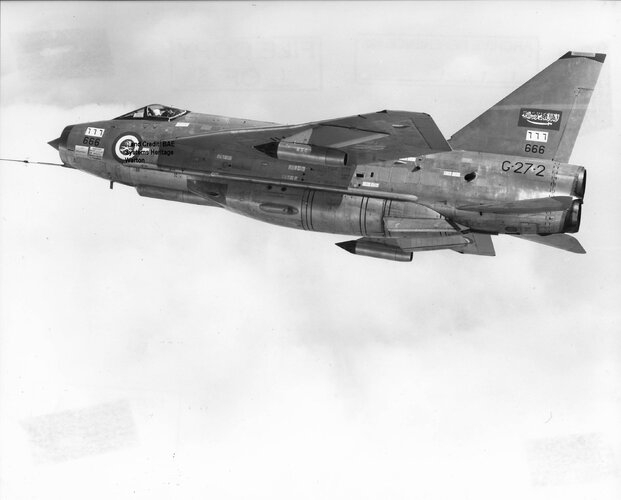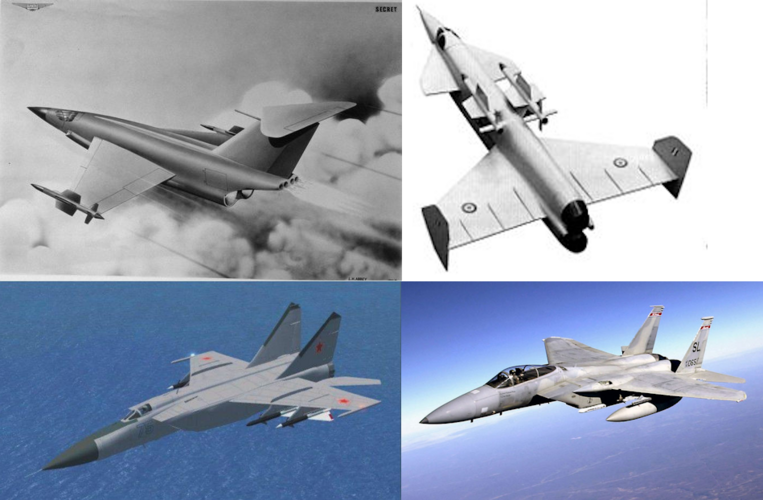Rule of cool
ACCESS: Top Secret
- Joined
- 16 January 2024
- Messages
- 1,059
- Reaction score
- 1,306
I am not denying Lightning did what the RAF wanted it to do. Its value as an interceptor allowed it to remain in service long after its "replacement" the Phantom entered service.
Unfortunately in common with other UK aircraft of the period it was not suitable to be evolved into a multi role weapons system.
That it didn't happen doesn't mean it couldn't and to an extent didn't happen.

